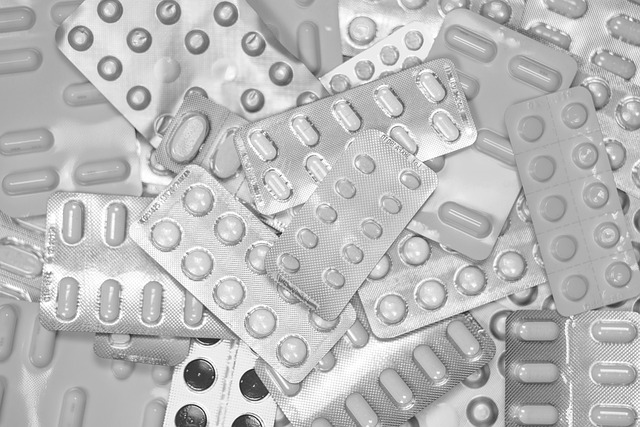The Potential of 3D Bioprinting in Organ-on-a-Chip Models
3D bioprinting has emerged as a revolutionary technology in the field of organ-on-a-chip models. By incorporating bioprinted tissues that mimic the complexity of human organs, researchers can create more physiologically relevant systems for drug testing and disease modeling. This level of precision in recreating the microenvironments of organs allows for more accurate predictions of drug responses and toxicity compared to traditional 2D cell culture models.
Furthermore, the ability to precisely control the spatial arrangement of cells and biomaterials in 3D bioprinted organ-on-a-chip models offers a unique advantage in studying cell-cell interactions and tissue development. This technology enables researchers to simulate the intricate architecture and functionality of organs, leading to more insightful studies on biological processes and disease mechanisms. Overall, the integration of 3D bioprinting in organ-on-a-chip models holds great promise in advancing biomedical research and personalized medicine.
Current Challenges in Organ-on-a-Chip Models
Organ-on-a-chip models have made significant strides in replicating the complexities of human organs in vitro, yet they still face several challenges. One major hurdle is the need to accurately mimic the vascular system within these microfluidic platforms. Achieving a vasculature network that closely resembles the intricate blood vessel networks found in human organs is crucial for ensuring proper nutrient delivery, waste removal, and cell signaling within the organ-on-a-chip system.
Another key challenge in organ-on-a-chip models is the incorporation of multiple cell types to accurately reflect the diverse cell populations present in human organs. Creating a heterogeneous environment that encompasses various cell types, such as parenchymal cells, immune cells, and endothelial cells, is essential for capturing the dynamic interactions that occur within the organ’s microenvironment. However, integrating different cell types while maintaining their viability and functionality poses a significant technical challenge that researchers continue to address in the development of organ-on-a-chip models.
The Role of 3D Bioprinting in Advancing Organ-on-a-Chip Technology
3D bioprinting has emerged as a transformative technology in advancing organ-on-a-chip models. By precisely depositing bioink layer by layer, researchers can recreate complex 3D tissue structures with a high level of accuracy and reproducibility. This ability to mimic the intricate architecture of organs in a controlled microenvironment is crucial for studying physiological responses and disease mechanisms in a more physiologically relevant manner.
Furthermore, 3D bioprinting enables the incorporation of multiple cell types, extracellular matrix components, and bioactive molecules into organ-on-a-chip platforms. This level of customization allows for the creation of highly biomimetic tissues that closely resemble native organs, offering unprecedented insights into cell behavior and interactions. As such, the adoption of 3D bioprinting in organ-on-a-chip technology holds immense promise for advancing drug discovery, disease modeling, and personalized medicine initiatives.
What are some benefits of utilizing 3D bioprinting in organ-on-a-chip models?
3D bioprinting allows for precise control over the cellular composition and arrangement in organ-on-a-chip models, mimicking the complex tissue structures found in the human body. This technology also enables the creation of personalized organ models tailored to individual patients.
What are some current challenges in organ-on-a-chip models?
Some challenges in organ-on-a-chip models include the limited ability to replicate the intricate cellular interactions and microenvironment of human organs, as well as the difficulty in maintaining long-term cell viability and function in these models.
How does 3D bioprinting play a role in advancing organ-on-a-chip technology?
3D bioprinting offers a solution to the challenges faced in organ-on-a-chip models by allowing for the precise fabrication of complex tissue structures and cell arrangements. This technology has the potential to revolutionize drug testing, disease modeling, and personalized medicine by providing more accurate and reliable organ models for research.







